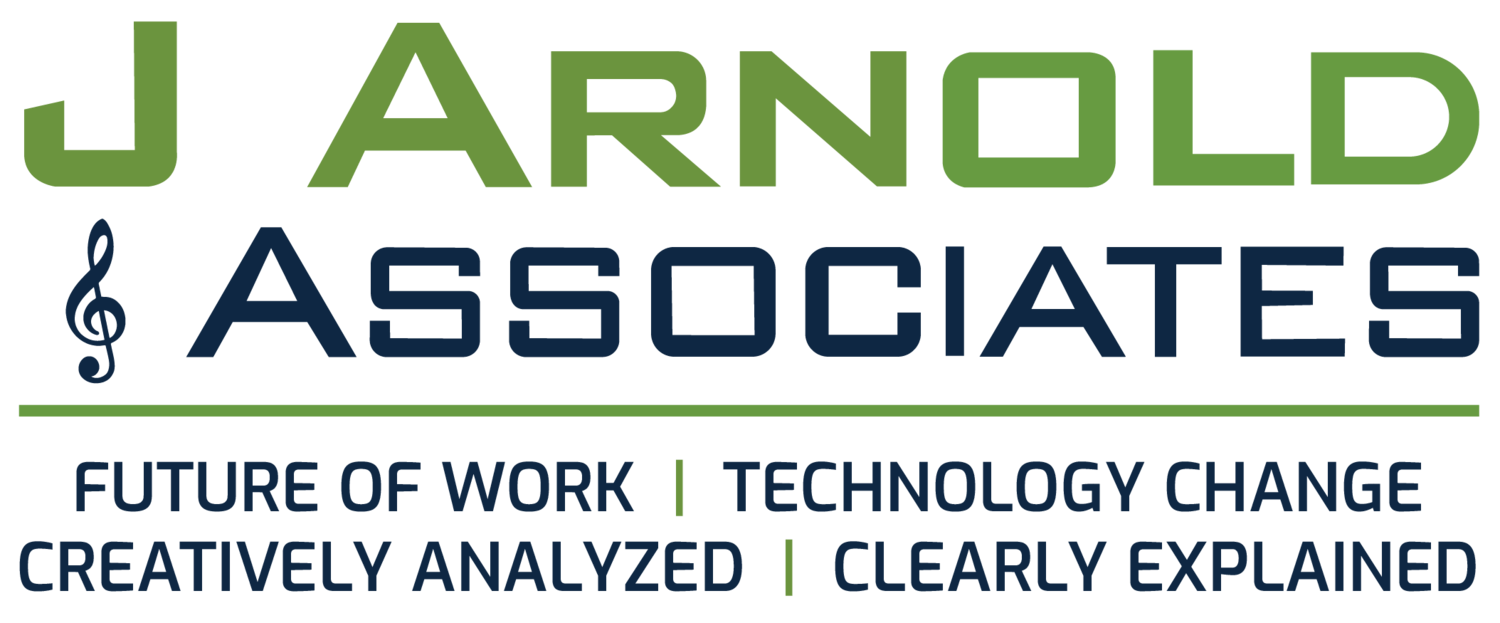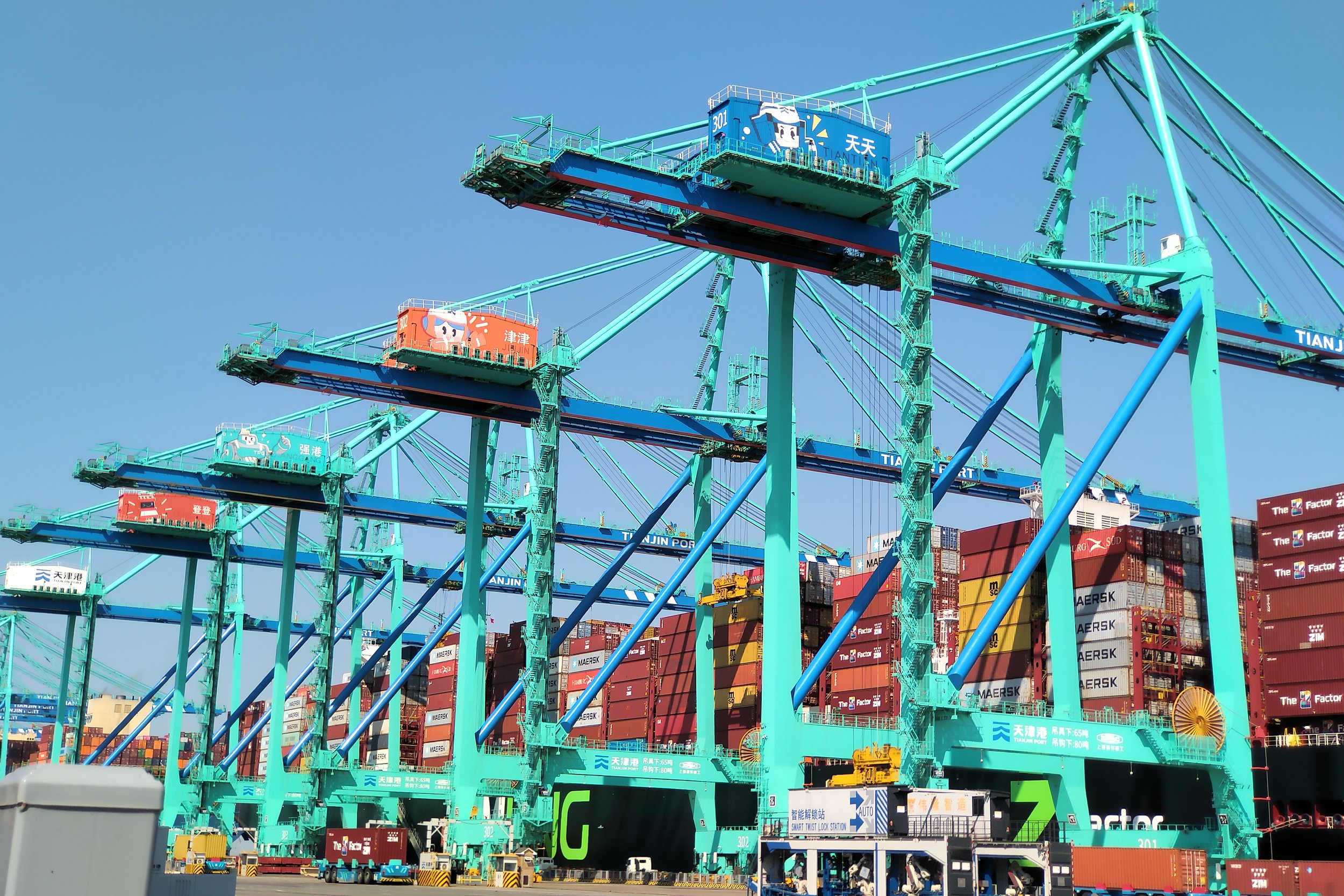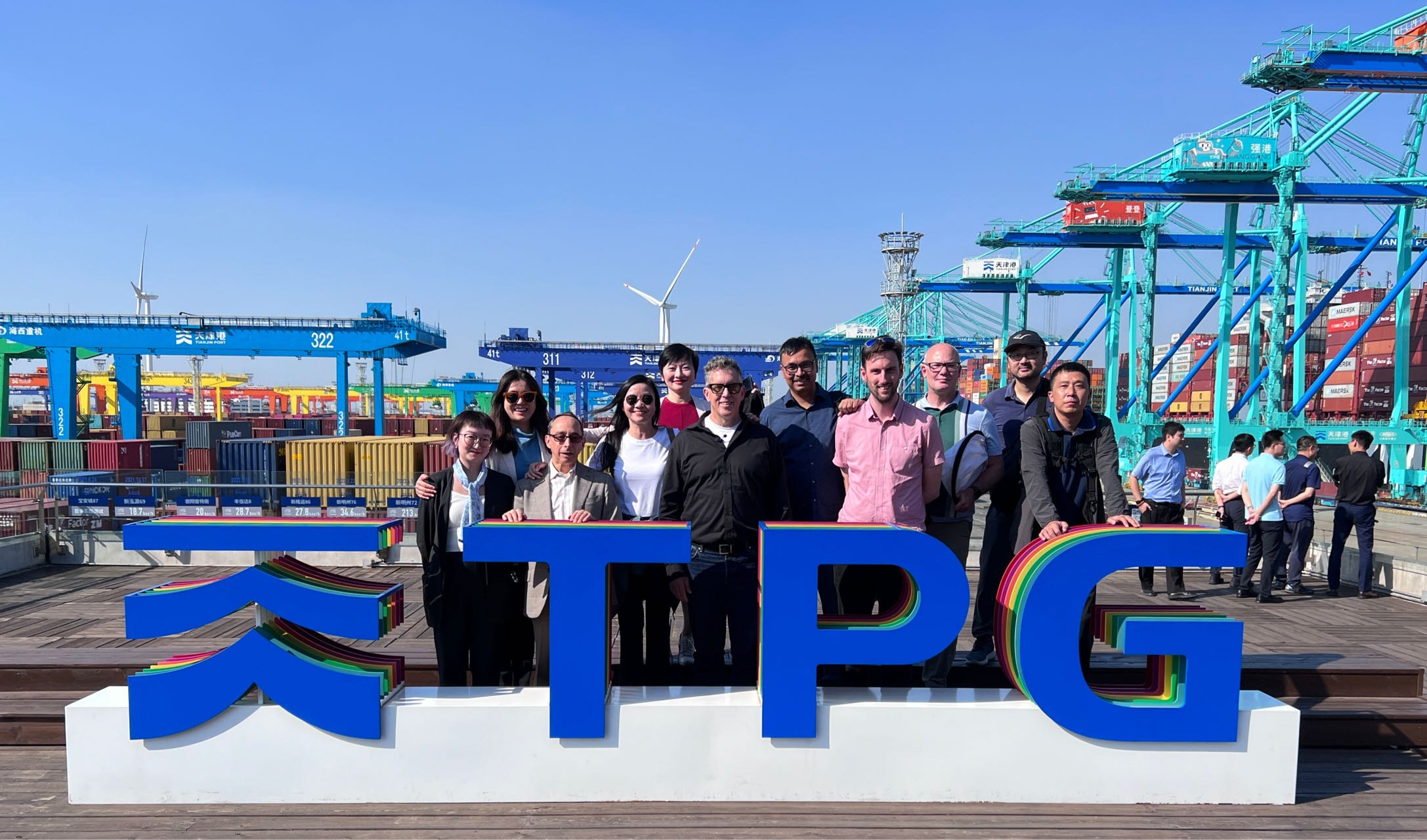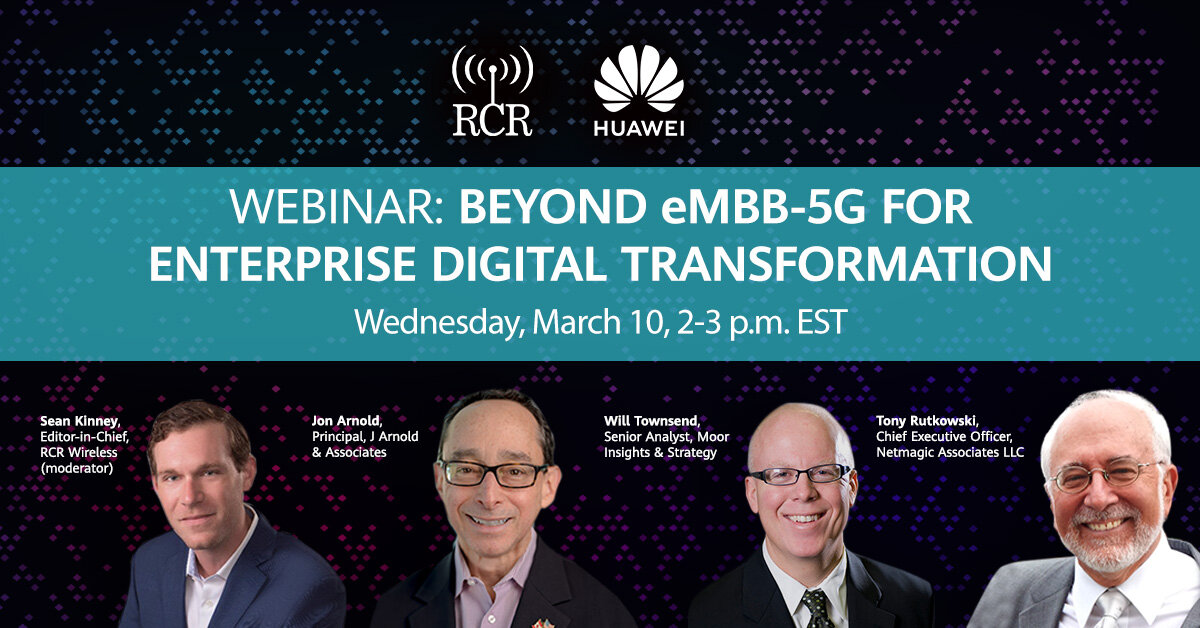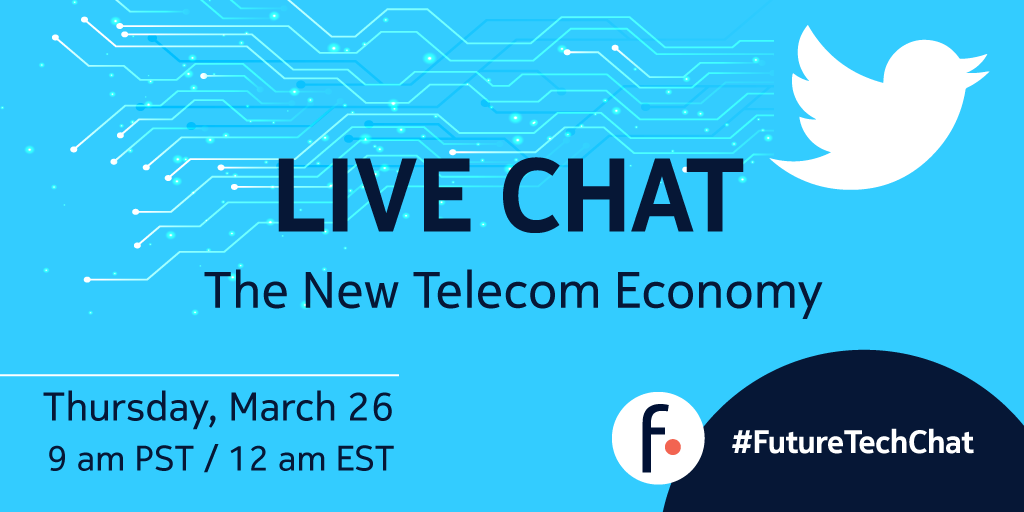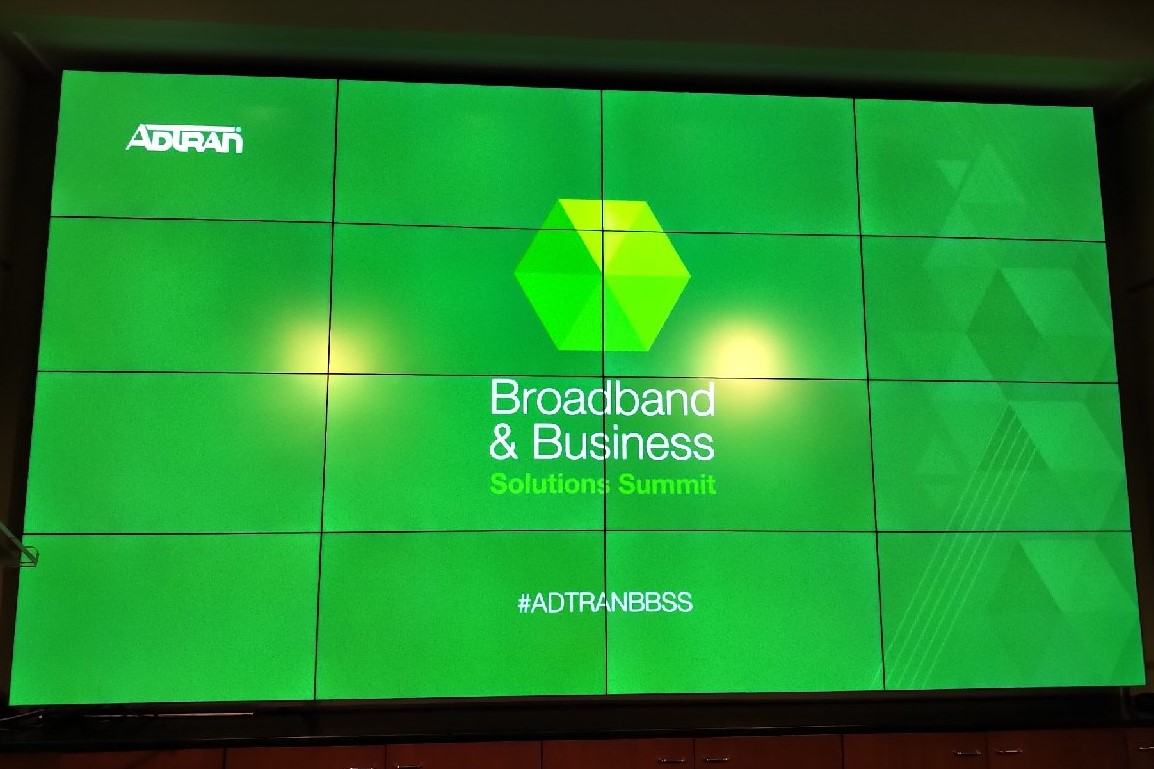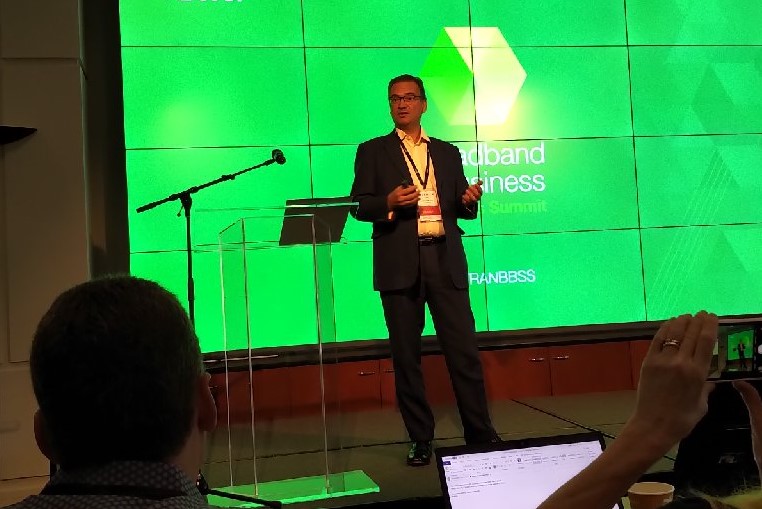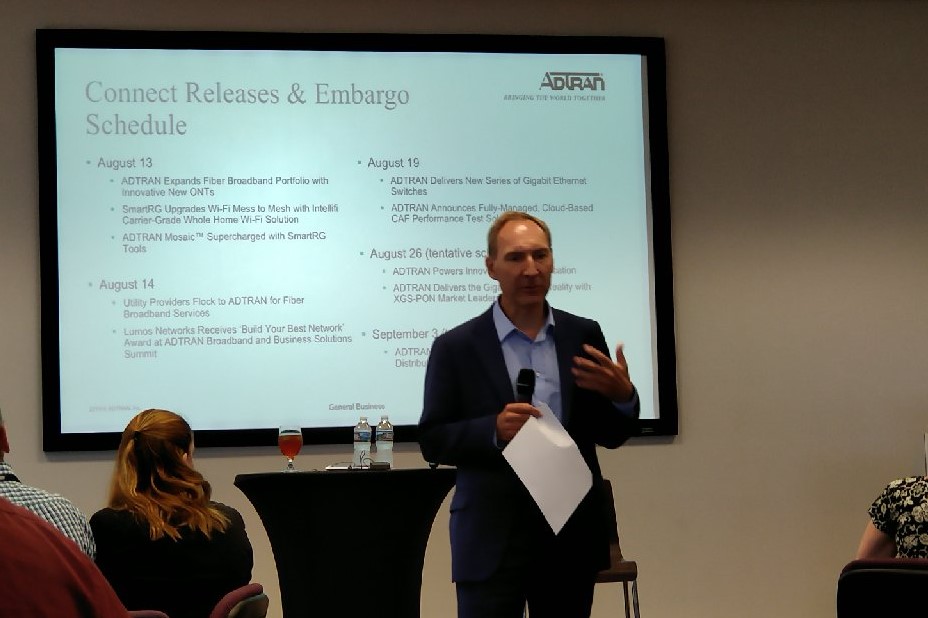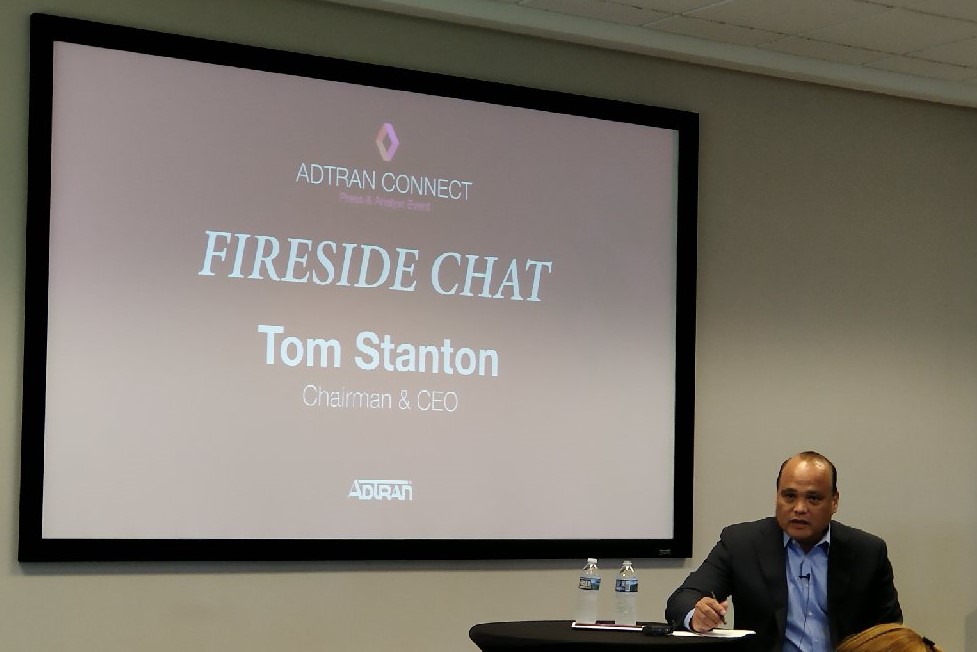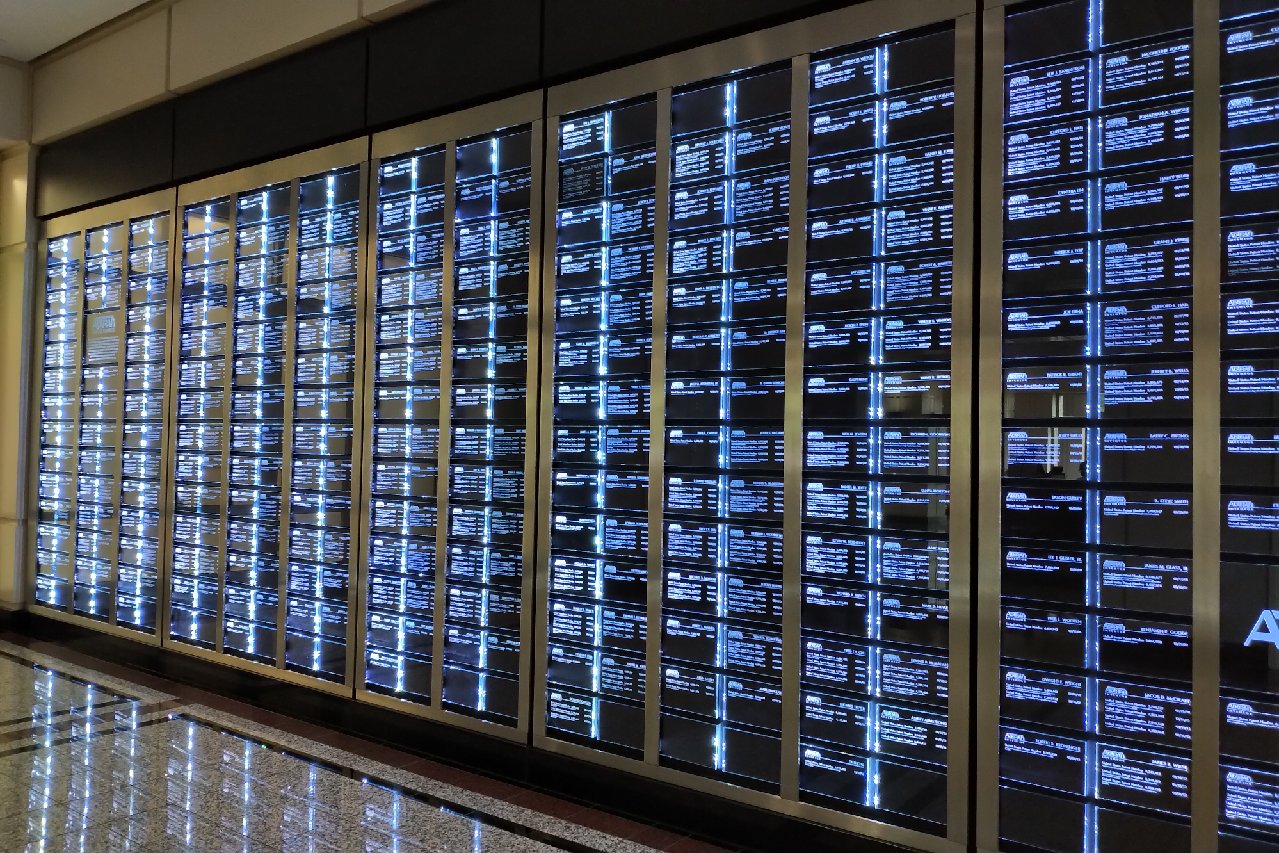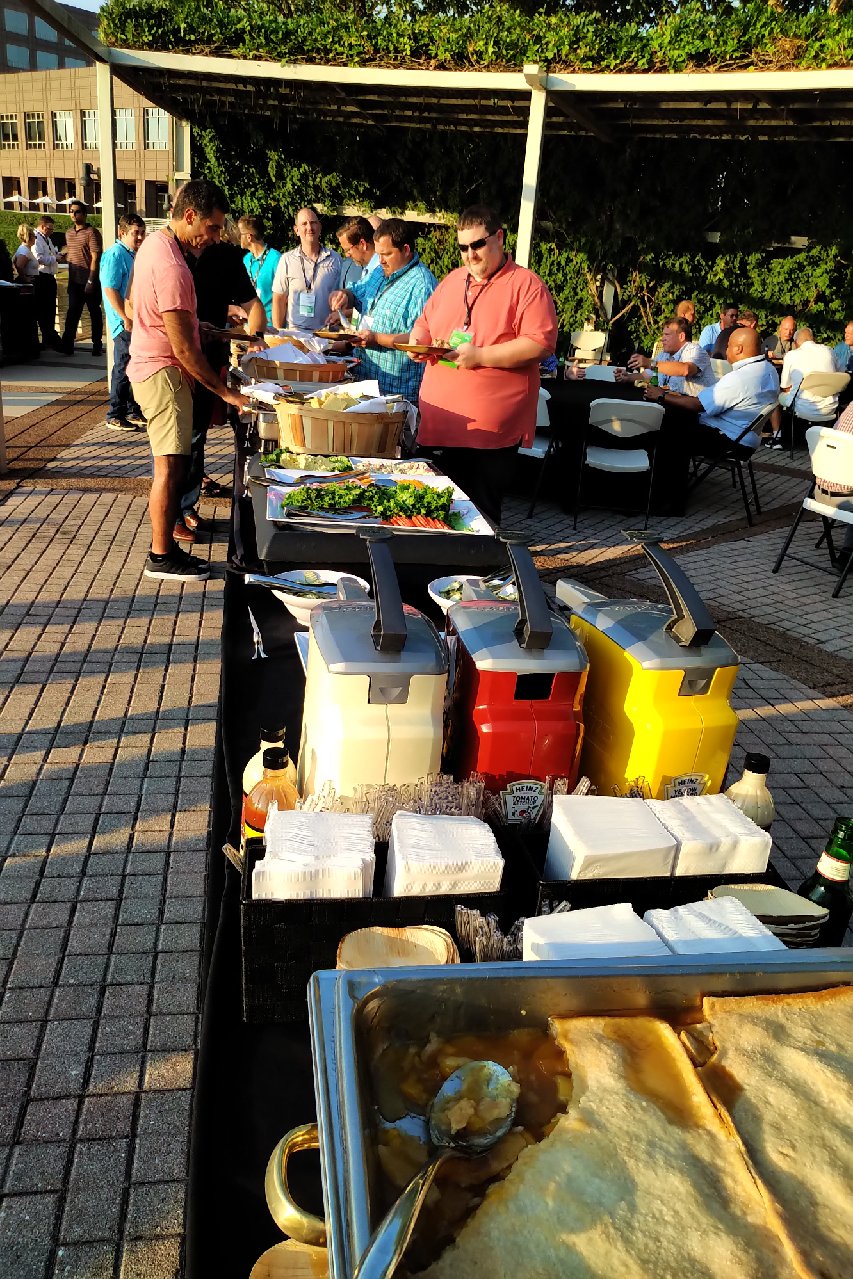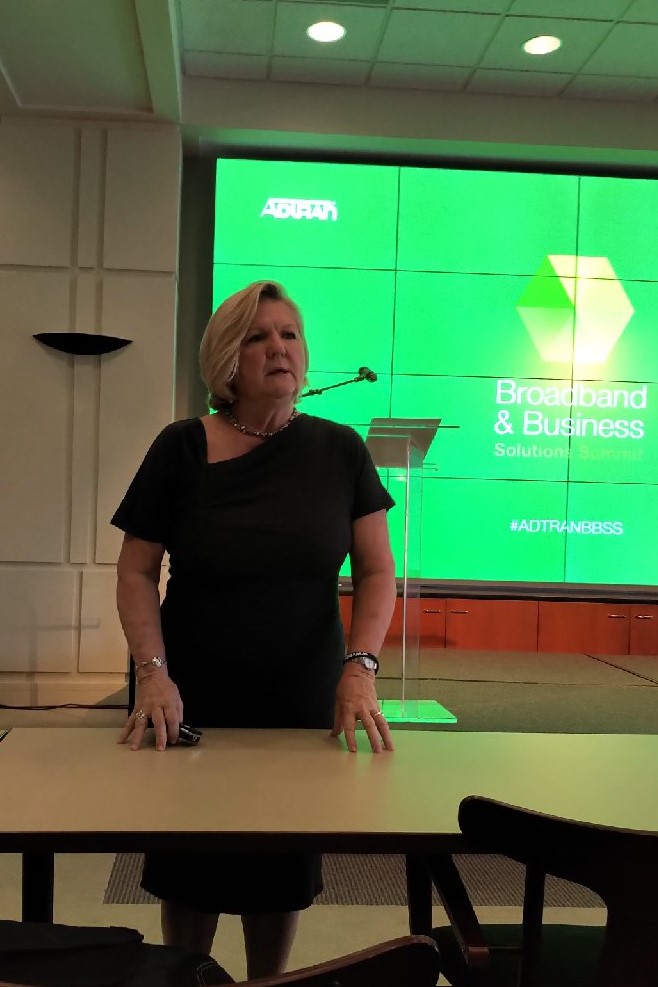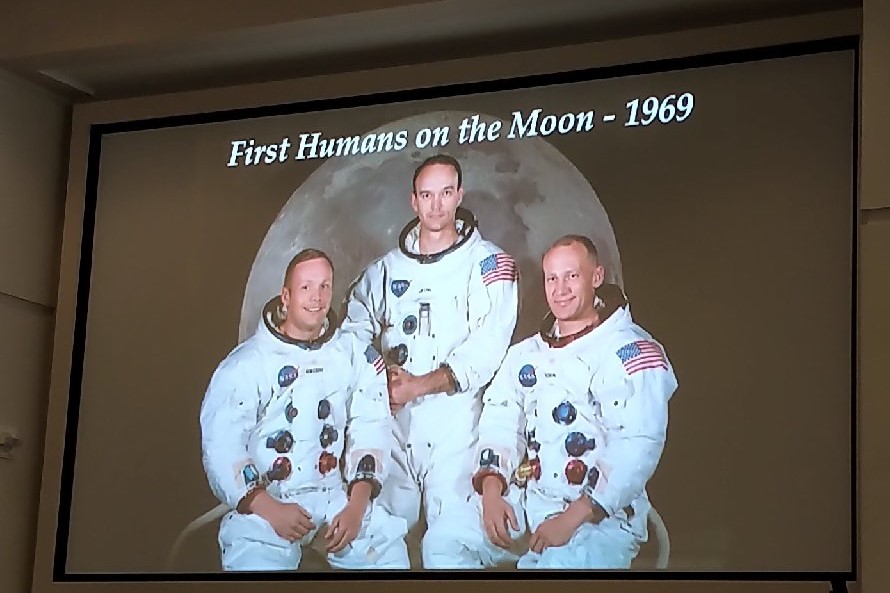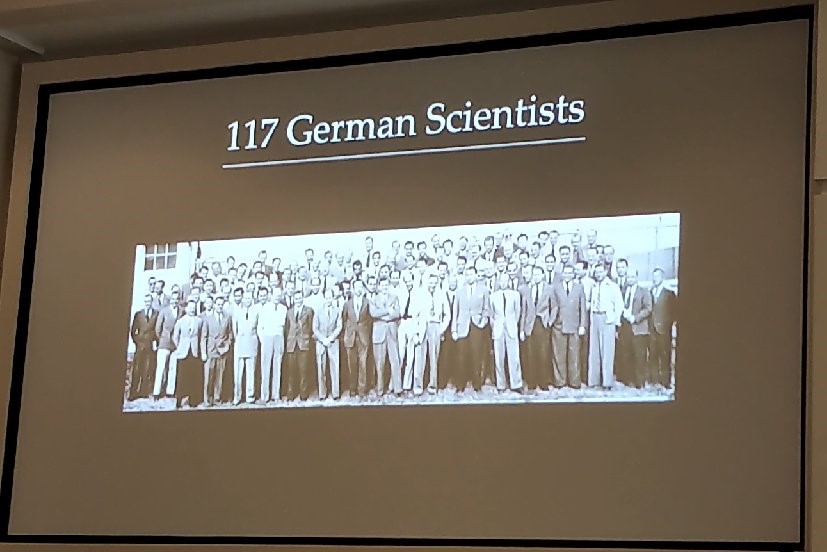The term collaboration is a bit of a loaded word, but it’s
become central to any conversation now around workplace productivity and
communications technology. To help decision-makers get better value from
collaboration initiatives, this marks the start of a new series based on my
ongoing industry research.
For clarity, I will state upfront that this series is
sponsored by Cisco Canada, but the content is mine. My analysis is independent
and vendor-neutral, so you won’t be reading much here about Cisco’s
collaboration offerings or their competitors for that matter.
It’s about getting work done
To set the stage for these posts, I’d like to begin with the
fundamental need for “getting work done”. You would think that with all the
technology and communications tools at our disposal, businesses would run like
well-oiled machines, but the exact opposite is closer to reality. If anything,
we have too many tools, and more specifically, they tend to be used in a
standalone manner. While this can be effective for one-to-one interactions,
team-based scenarios are far more challenging.
Increasingly, employees need to work in teams, and it’s the
exception when everyone is in the same physical space at the same time. Since
teams also need to function over time, it should be expected that while working
on a project together, people will at various times be in different locations.
Not to mention that each employee is typically part of multiple teams, with
each having their own distribution of members.
These are just a few examples as to why collaboration is a
fluid concept, along with why getting work done can be so challenging. Ideally,
communications technologies should be transparent, seamlessly enabling people
to collaborate under all conditions, but this is harder to do than it looks.
However, it doesn’t have to be that way.
To some extent, all organizations have cultural issues that
impede effective collaboration, and the same can be said for arcane business
processes that cannot benefit from today’s tools to make workflows more
efficient. Those are likely beyond your control, so I would advocate focusing
inward on things you can control. A good starting point is getting a better understanding
of how today’s collaboration technologies can dovetail with how work gets done
now.
What does collaboration mean to you?
A lot of this actually has to do with how you think about collaboration. When it comes
to getting work done, do you view collaboration as drawing from a set of
standalone applications to facilitate communication? Or, do you see it as a
dynamic process based on a set of communications applications that are highly
integrated, not just with each other, but throughout your network, tied into
business applications that drive workflows?
If you are steeped in what Unified Communications has to
offer, you’ll know there are solutions out there to support the latter.
However, even these offerings can come up short, simply because the expectations
of employees are being driven more by their consumer experiences than what’s
available in the office. The “consumerization of IT” trend is real, and the
pace of innovation is simply faster and more accessible on the home front. UC
offerings tend to lag here, making them followers rather than leaders, and this
is where the getting work done challenge is magnified.
When employees come to the office with consumer-based
expectations for getting work done, the challenges become clear. They get frustrated
because IT either cannot or will not support the applications they use so
comfortably in their personal lives. Some will find workarounds to use those
tools outside the realm of IT, but most end up taking a step back and making do
with what’s available.
Think about how many phone calls end up in voicemail. Think
about how often employees don’t even bother to listen to VM. Think about how
much time is wasted with tedious close-the-loop and CYA emails. Think about how
difficult it is for employees to use video, especially with contacts outside
the business. Think about hard it is to use collaboration tools across fixed
and mobile environments.
No doubt you can add to this list, and it should be clear
how real these problems are and the obstacles they present to effective
collaboration. If you think of them as isolated issues that can be addressed on
an as-needed basis, you’re missing the bigger picture. Employees don’t just
need multiple tools and modes to collaborate when working in disparate groups;
they also need them to interwork amongst themselves to create an experience
that mirrors in-person engagement. Not only that, but to get that experience,
they need to interwork across multiple devices, operating systems, and
networks.
Rethinking collaboration
This sounds like a tall order, but if you think along these
lines, you’ll look at communications technology differently. Unified
Communications represents an entry point for what collaboration needs to be
today, but these are just tools for IT to provide. You need to drive that with
a vision – one that speaks to the outcomes demanded by the business and your
customers, along with what collaboration means to employees, especially those
from the Internet generation. Whether or not IT is rooted in that generation,
this is the way forward, and is where the rethinking needs to happen.
I’ll frame that rethinking as this series continues, especially
regarding the complexity associated with collaboration, the challenges posed by
a lack of vendor interoperability, and how IT needs to approach getting buy-in
for collaboration throughout the organization. There’s a lot of ground to
cover, and my intention is for you to see collaboration not just as a set of
applications, but as an enabler of business transformation.
